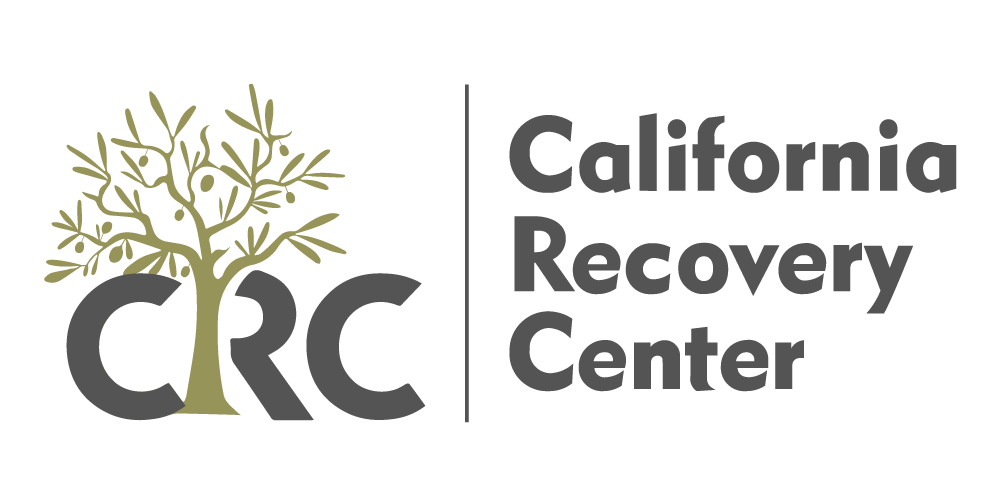New drug trends continue to capture public attention and concern as substance abuse continues to evolve. Initially, for prescription, Lean drug turned into recreational use, becoming a growing concern with an alarming number of people falling into abuse.
Lean penetrates music and youth culture, making its way from lyrics to real-life misuse. If you or someone you know is struggling with this addiction, understanding Lean drug, its dangers, and available treatment options is essential.
What Is Lean Drug?
Lean, also called Purple Drank or Sizzurp, is a dangerous street drug made by mixing prescription-strength cough syrup with soda and sometimes candy. The cough syrup contains codeine, an opioid, and promethazine, an antihistamine.
At first glance, the substance may look harmless. But you should never underestimate its effects, as Lean is highly addictive. A lot of people start using the drug for its calming effects, but over time, they develop tolerance and dependence. When this happens, they start spiraling into addiction. Breaking away from the addiction may seem hard due to dependence, but it is possible.
The influence of music culture and social media made Lean drug more popular, providing more access to a broader audience, especially the younger generations. Users must be aware that despite its trendy appearance, Lean is no less harmful than other opioids. Abusing it can lead to serious health problems and even death.
In California, where substance use issues continue to grow, Lean addiction is a rising concern. Thankfully, treatment centers like California Recovery Center offer hope for recovery.
Effects of Using Lean Drug
What does Lean do to you? The drug slows down the central nervous system. As a result, users feel relaxed, sleepy, or detached from reality. In some cases, users report experiencing mild euphoria. Although they may seem harmless, their repeated use leads to stronger side effects. For example, it can cause nausea, slowed breathing, dizziness, and poor coordination. These pose serious health issues.
Long-term use affects both physical and mental health. Users often develop slurred speech, memory loss, weight gain, and mood swings. Moreover, Lean can lead people to depression and anxiety.
Mixing it with other drugs or alcohol further increases the risks. Early intervention becomes even more essential to provide proactive care and treatment, bringing back quality of life to the user.
Common Signs of Lean Drug Misuse
Knowing and recognizing the signs of Lean drug misuse can save loved ones with early intervention. Note the following symptoms:
- Constant drowsiness
- Slurred or slowed speech
- Frequent sipping from cups with dark-colored liquid
- Memory issues or confusion
- Changes in appetite or weight
- Mood changes or aggression
- Poor performance at school or work
Moreover, identifying the physical signs of overdose can help someone. Some of the signs include slow breathing, pinpoint pupils, and lack of coordination. Seek medical help immediately as soon as these signs manifest.
Risks of Lean Drug Addiction
There are severe health risks that come with Lean drug addiction.
First, codeine, an opioid, creates physical dependence quickly. In the long run, the users need more of the drug to get the same effects. This results in the risk of overdose. In many cases, the body becomes unable to handle such high doses, which leads to respiratory failure or coma.
Second, combining Lean with other substances—especially alcohol or depressants—can be deadly. The sedating effects stack the more a user does this, thus increasing the danger. Teenagers and young adults are especially at risk due to peer pressure and a lack of awareness.
When drug addiction happens, it doesn’t just affect the user. Their families also suffer emotionally and financially. Relationships break down. School and work performance suffer. Most of all, the user’s quality of life declines. For all these reasons, treatment becomes life-saving and necessary.

Treatment Options for Lean
Fortunately, Lean addiction is treatable. Find compassionate, evidence-based care at California Recovery Center that helps people struggling with substance use.
Detoxification is the first step, removing the drug safely from the body. As this step can cause uncomfortable withdrawal symptoms, medical supervision is essential. Symptoms might include anxiety, cravings, sweating, and restlessness.
After detox, inpatient or outpatient rehab provides support and therapy. Inpatient programs offer round-the-clock care and structure. Outpatient programs allow patients to live at home while attending therapy sessions. The right program depends on the severity of the addiction and the person’s specific needs.
Cognitive Behavioral Therapy (CBT) helps people understand the reasons behind their drug use. It also teaches coping skills and relapse prevention strategies. Group therapy offers support from peers facing similar challenges. Family therapy can also rebuild broken relationships and help loved ones support the recovery process.
Finally, aftercare planning ensures ongoing recovery. It includes continued therapy, support groups like NA (Narcotics Anonymous), and healthy lifestyle habits. Staying connected with recovery communities increases the chances of long-term sobriety.
Start Your Recovery at California Recovery Center
Lean addiction is dangerous and life-threatening, but recovery is always possible. At California Recovery Center, we help people reclaim their lives with expert care, personalized plans, and emotional support.
If you or someone you love struggles with Lean misuse, don’t wait. Take the first step today. Contact us to learn more about our treatment options and begin your journey toward lasting wellness.




